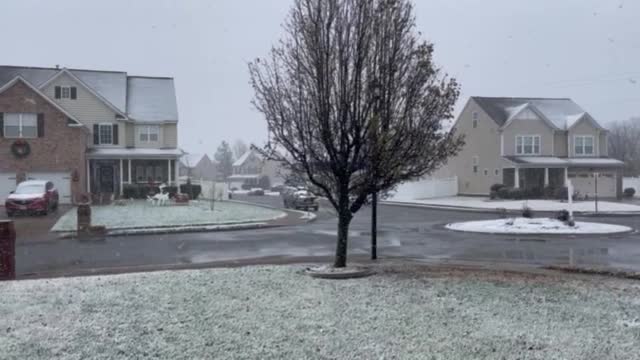Is it true that two snowflakes can't be identical and if not, what are the odds?
The specific number of snowflake types depends on who you ask. Photographer Wilson Alwyn Bentley took pictures of thousands of snowflakes and categorized them into 35 categories. Ukichiro Nakaya, the Japanese physicist responsible for creating the first artificial snowflake, also created a classification system of 41 different crystal types.
Shapes can range from cups to hollow columns. Ultimately, a snowflake's shape relies on two factors: temperature and humidity. The temperature of the cloud determines the shape of the ice crystals. Temperature influences the rate at which a developing snowflake can crystallize which causes different features on the flake to form. When a snowflake falls to the ground it undergoes multiple changes in temperature. This process of the ice crystal melting and refreezing as it falls through the atmosphere causes additional changes in its shape. Humidity on the other hand supplies a key ingredient, water. Humidity determines the size of a snowflake. High humidity levels mean more water is available in the atmosphere which allows for larger snowflakes to form. In ice crystals water molecules line up and form a hexagon which is why all snowflakes have six sides but not all water molecules are the same so naturally the makeup of a snowflake won't be either.
Even though you may never find two identical snowflakes, ice crystals that form in a similar environment can take on similar features. While the odds of two snowflakes being identical aren't exactly zero, it is about one in one million trillion (that's a one followed by 18 zeroes). There are up to 10158 different snowflake shape possibilities! That's more design possibilities than there are atoms in our universe.
Let's connect on social media!
Forecaster Derrah Getter:
For weather updates on Facebook: HERE
For weather updates on X: HERE
Follow me on Instagram: HERE
Check out the Interactive Radar on WTKR.com: Interactive Radar








